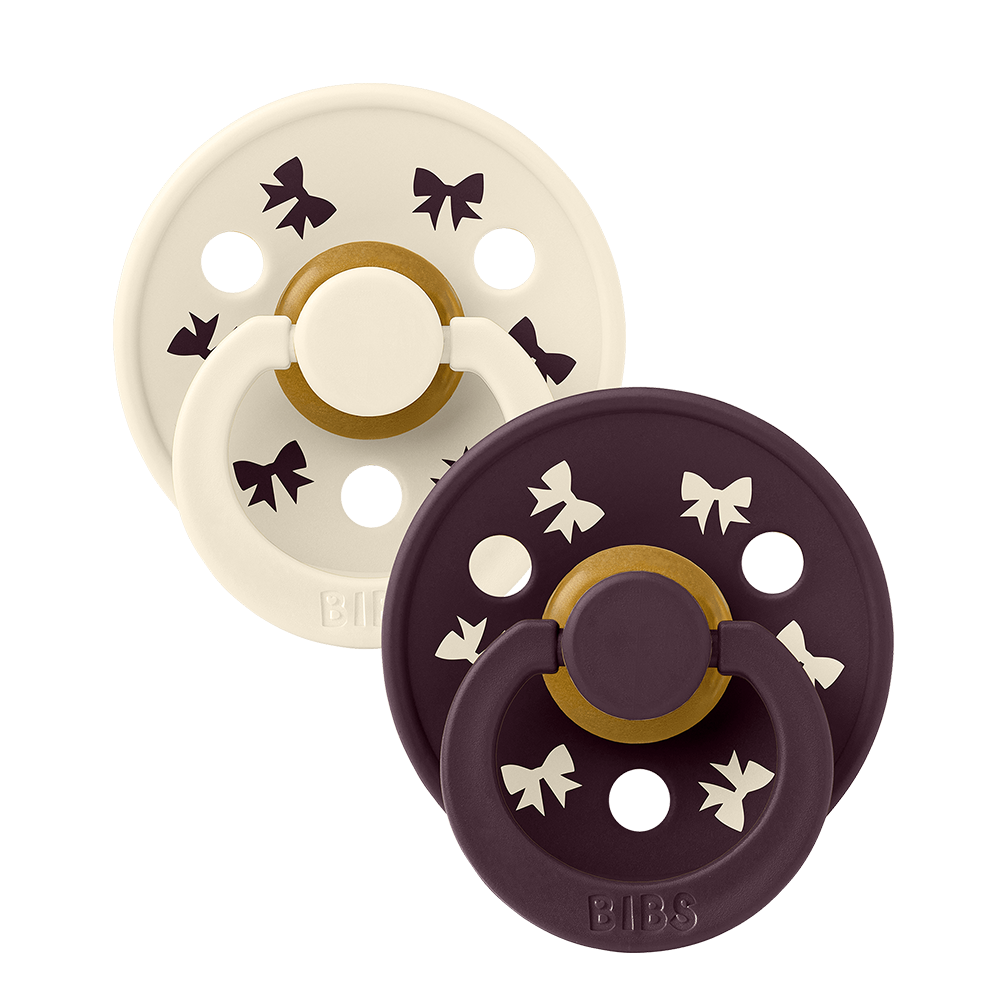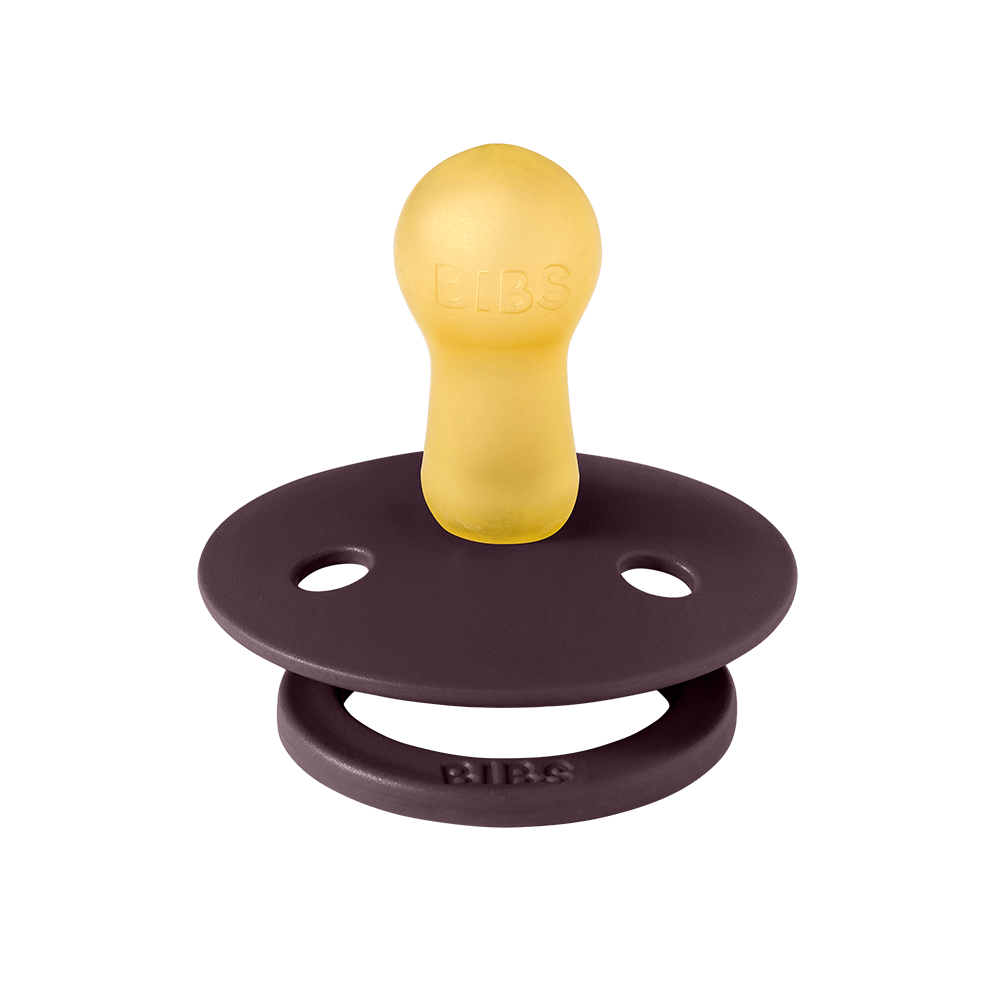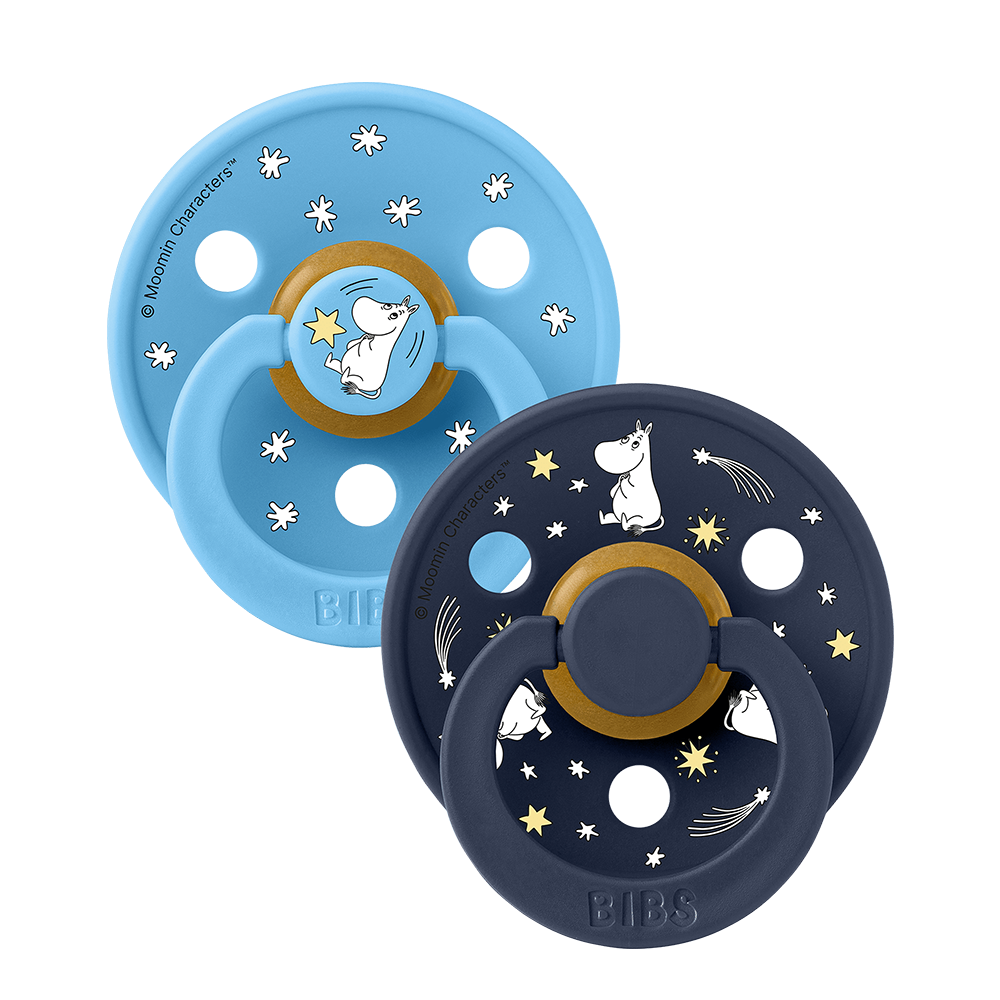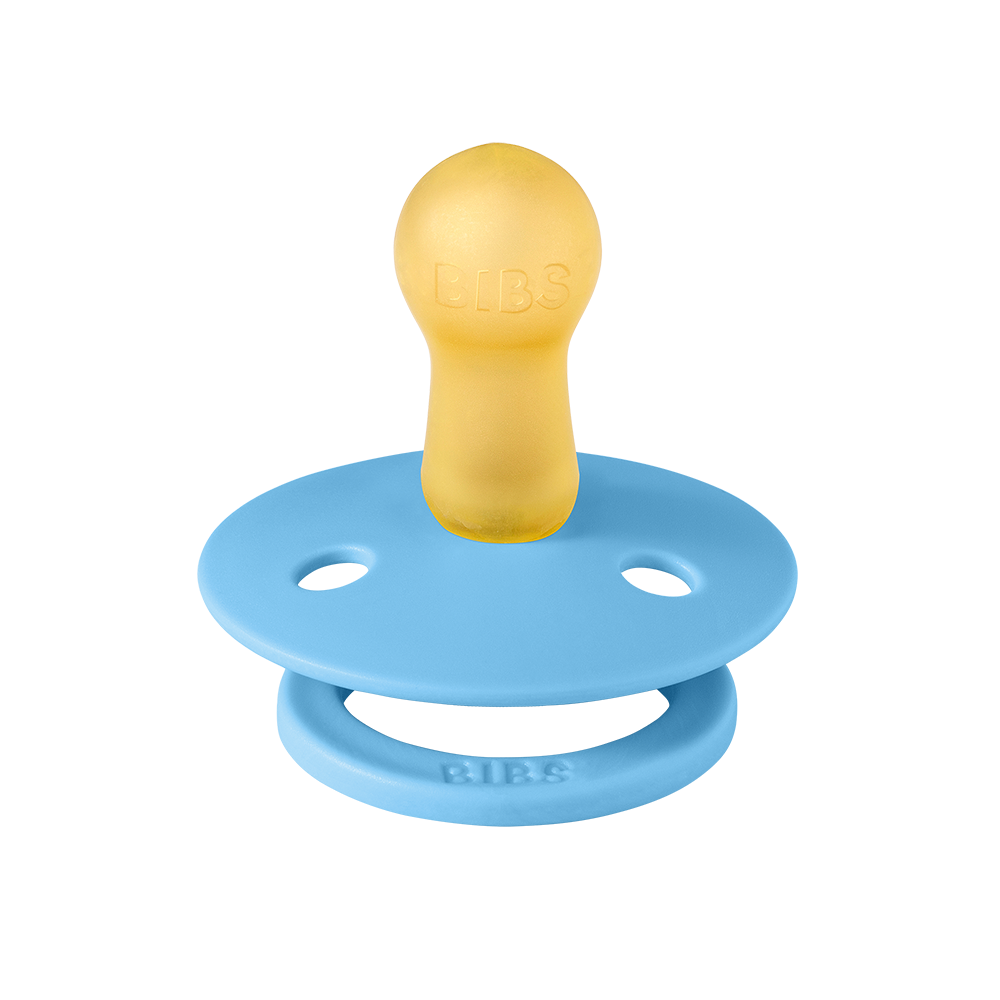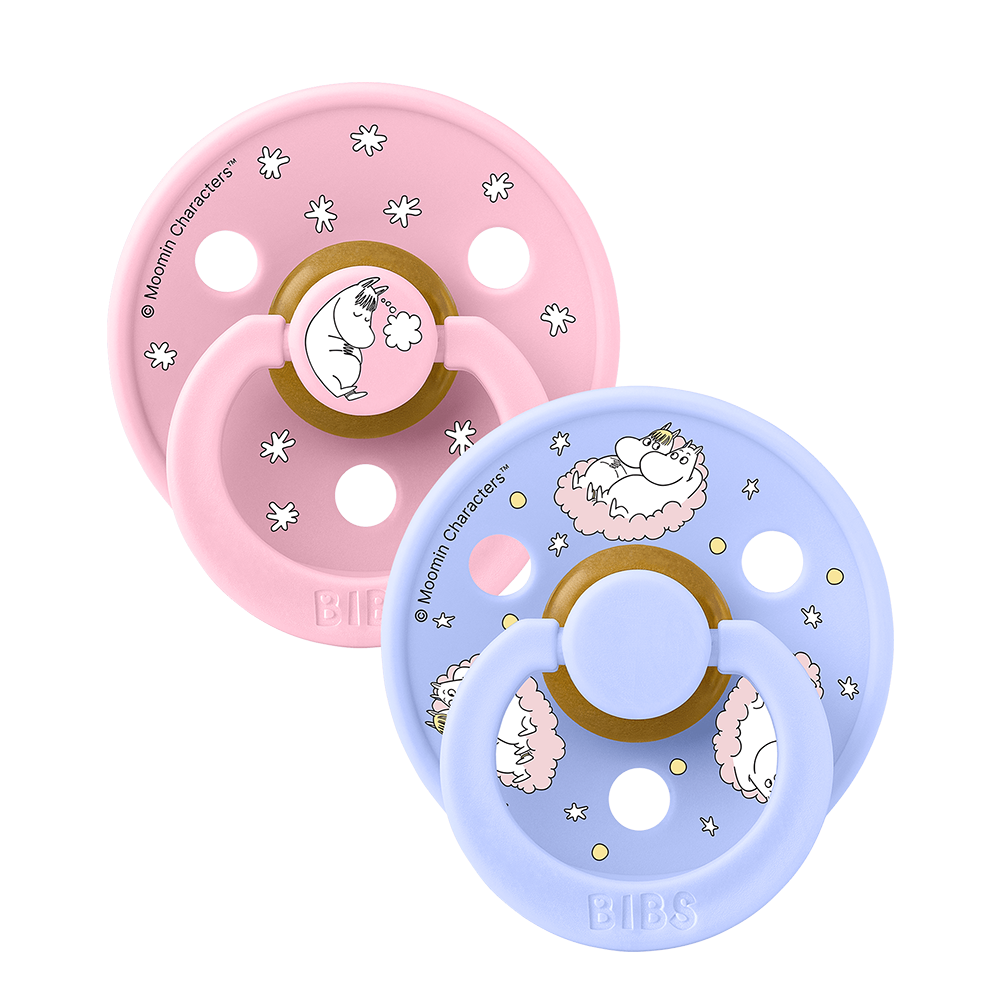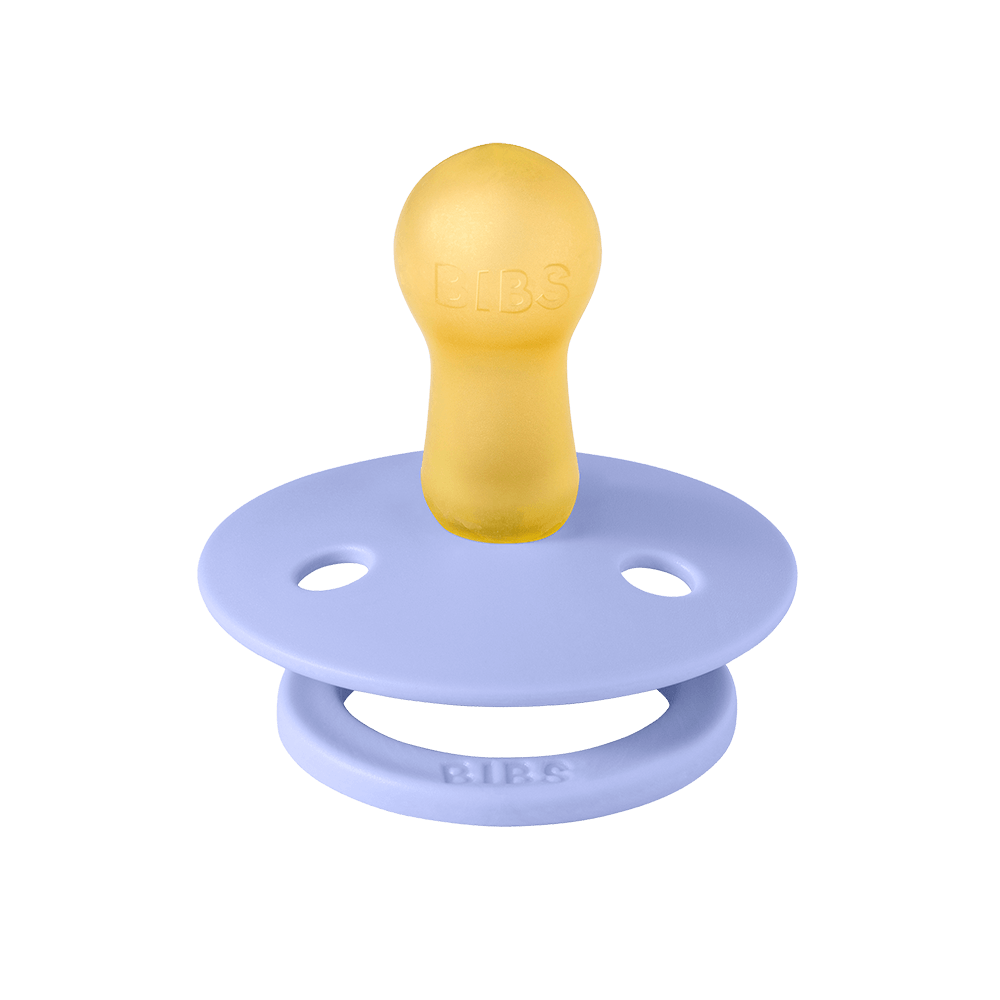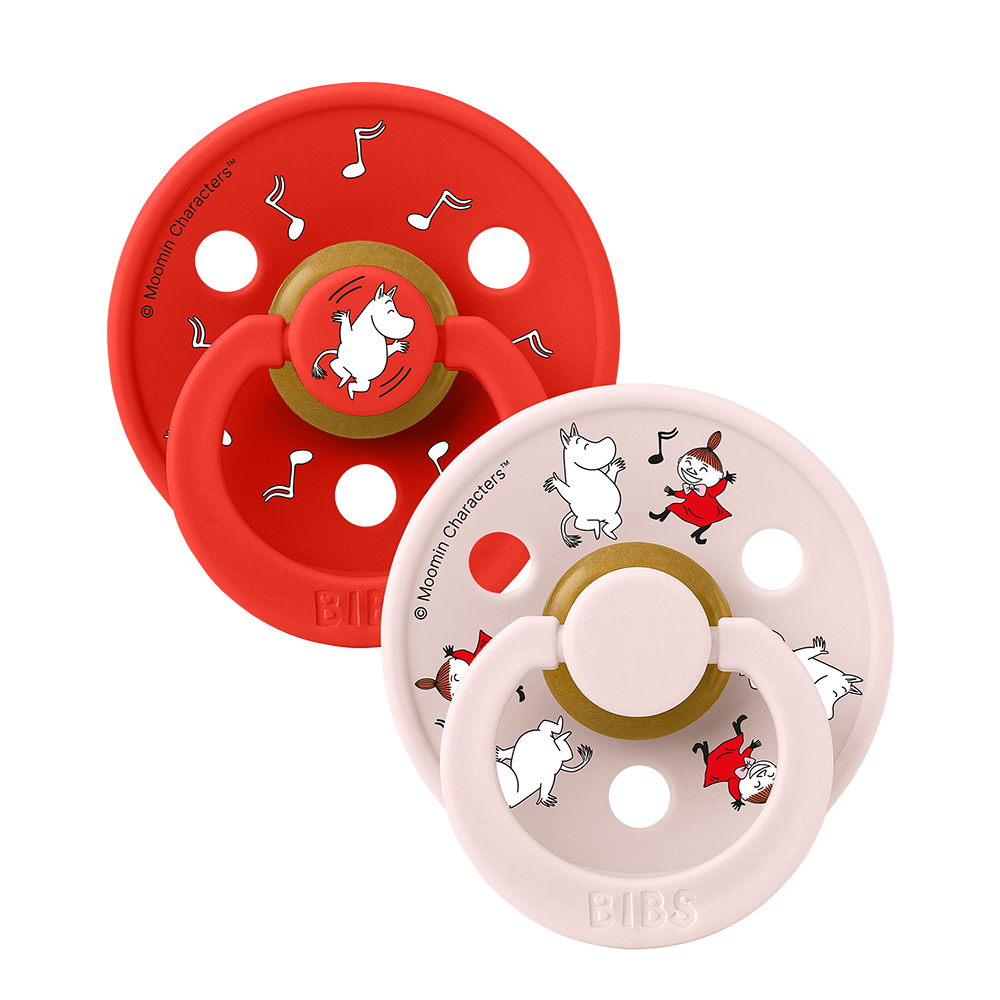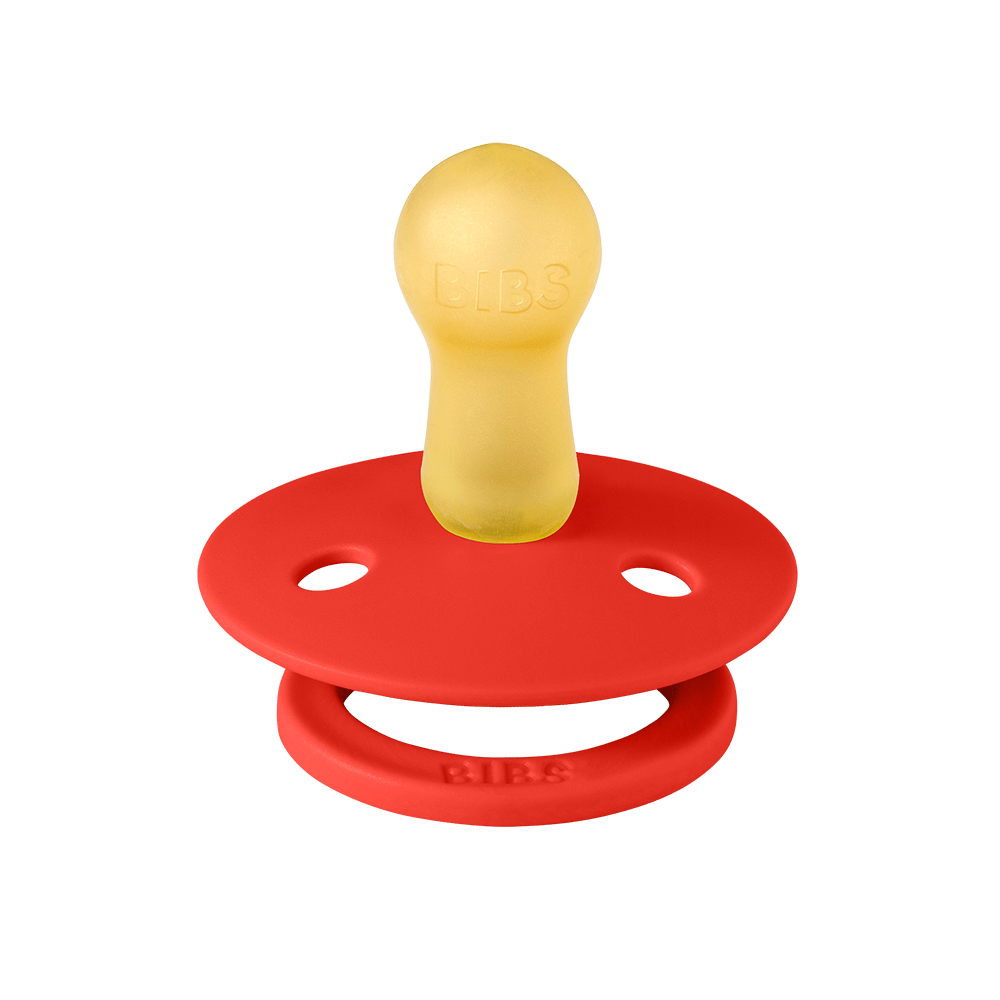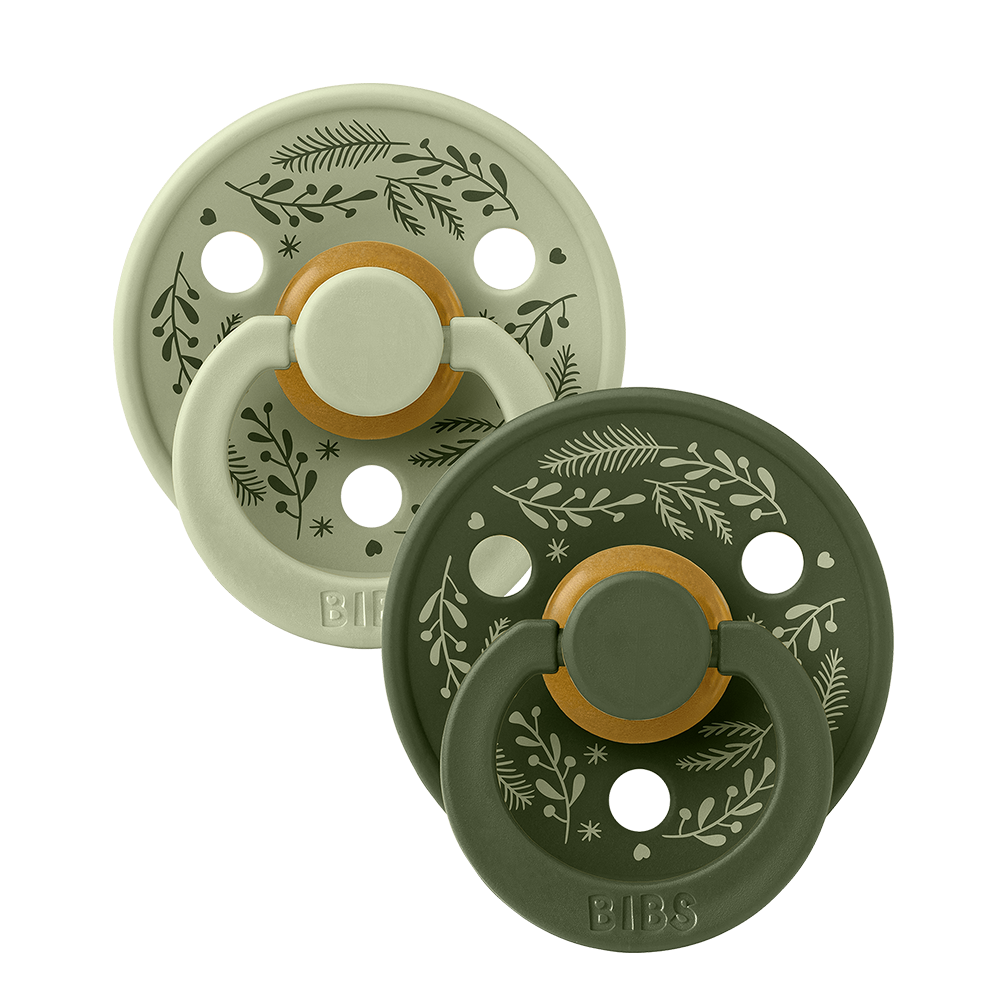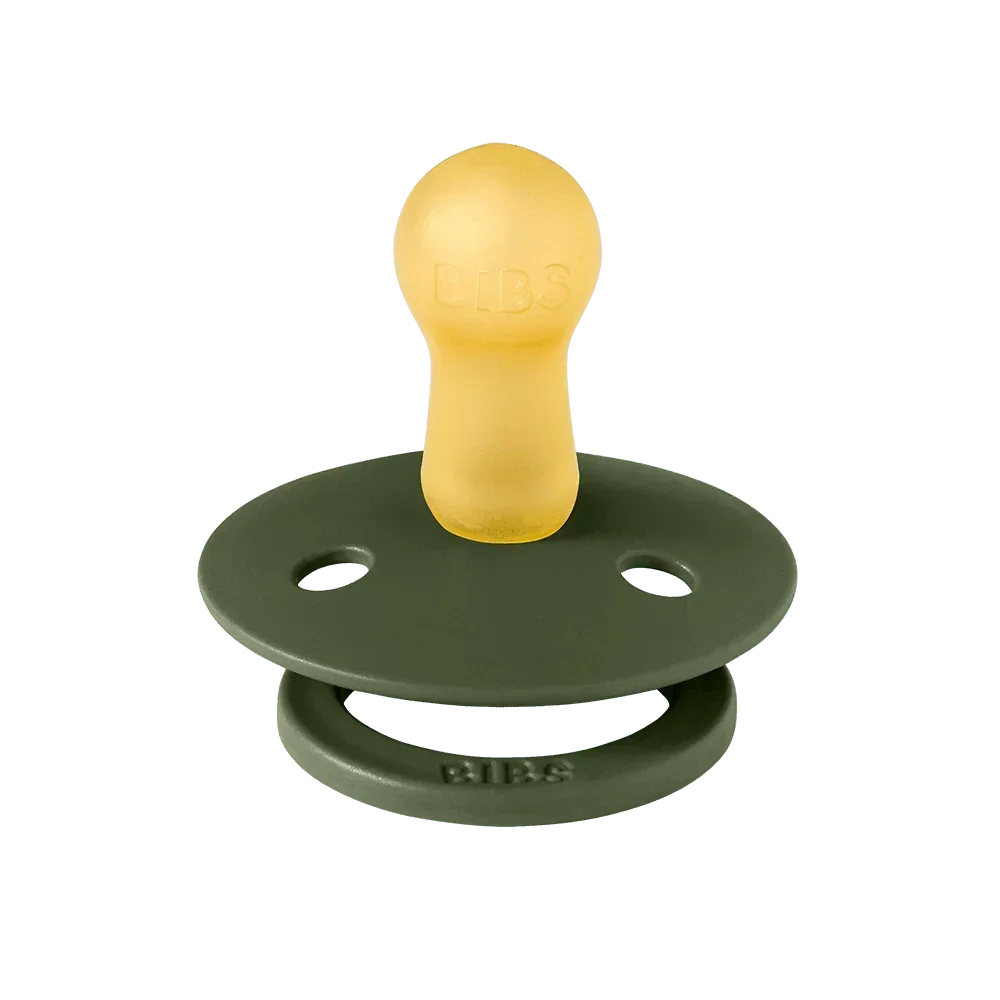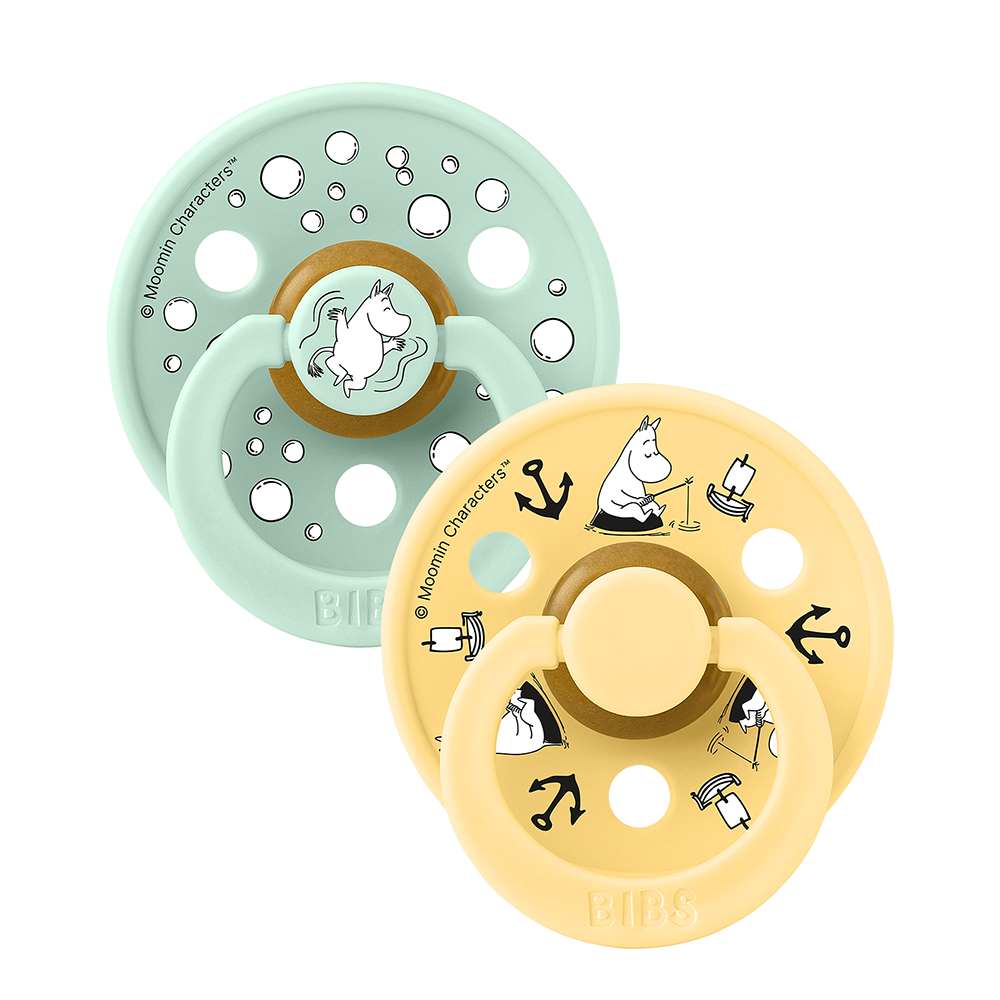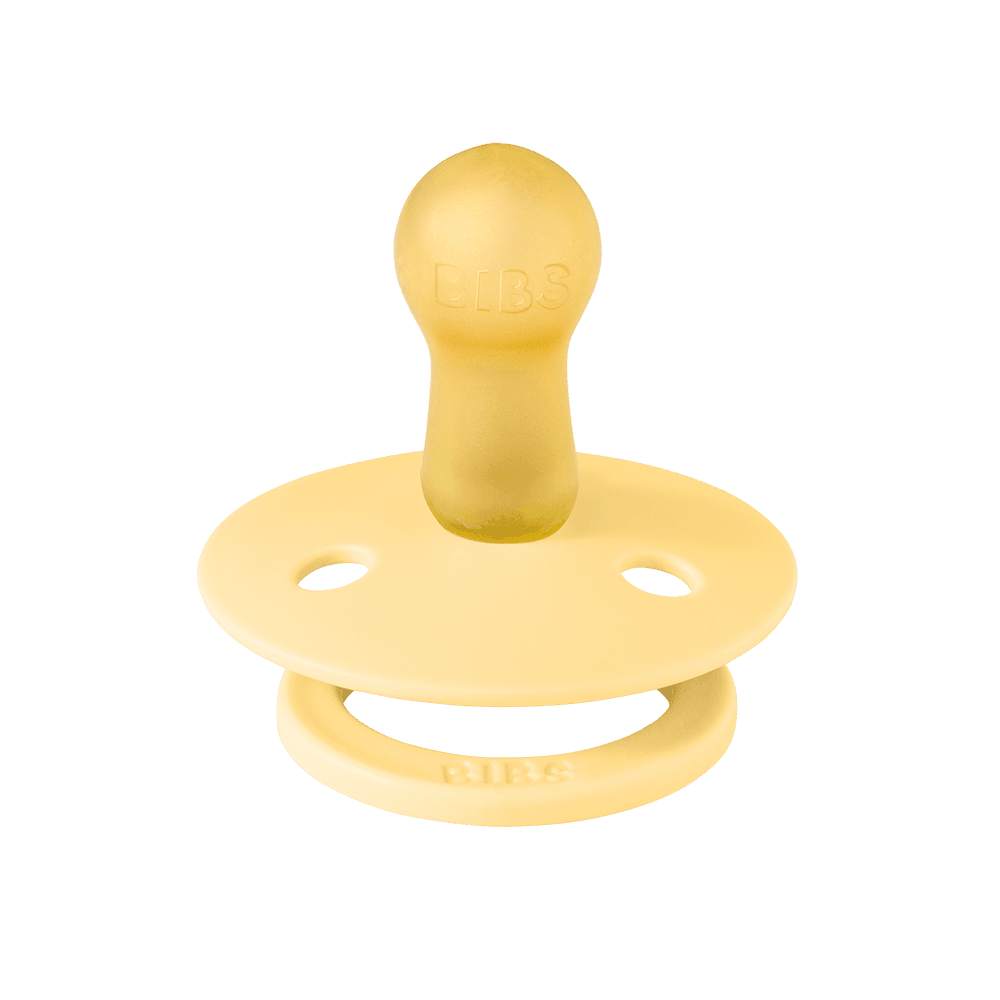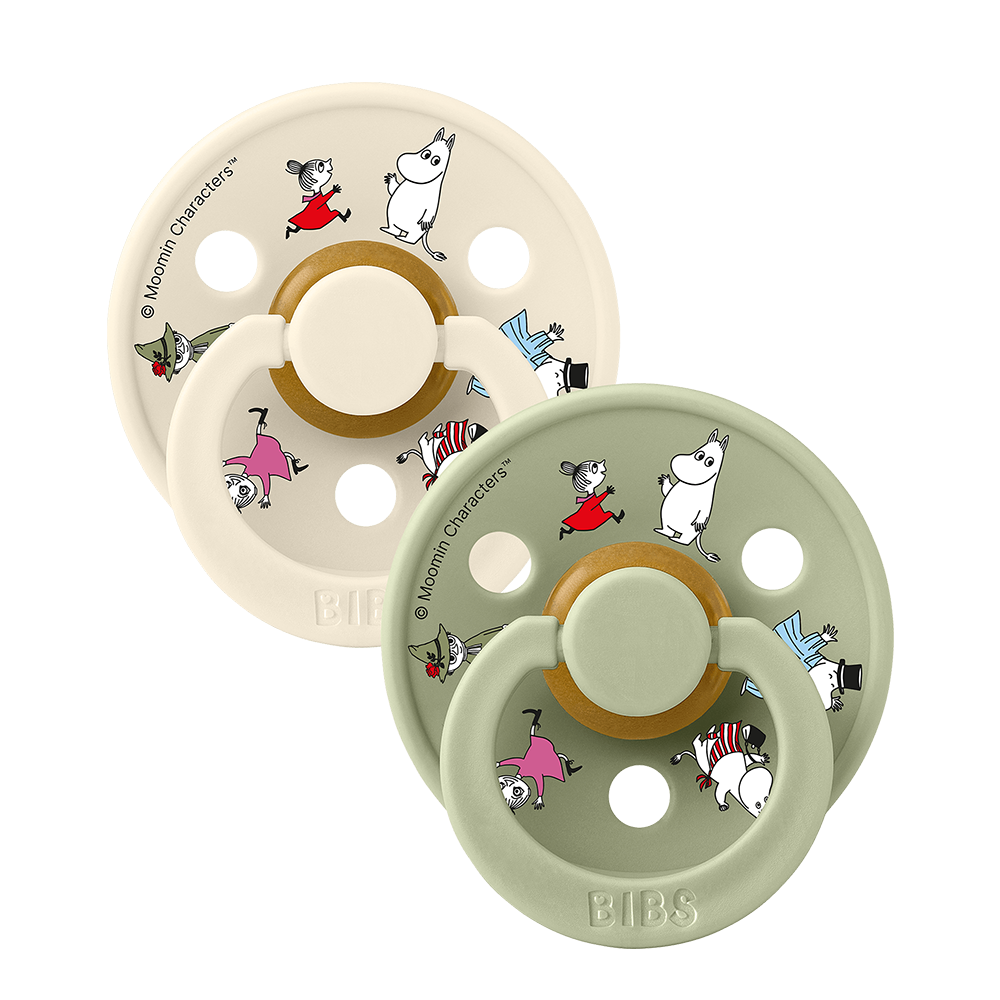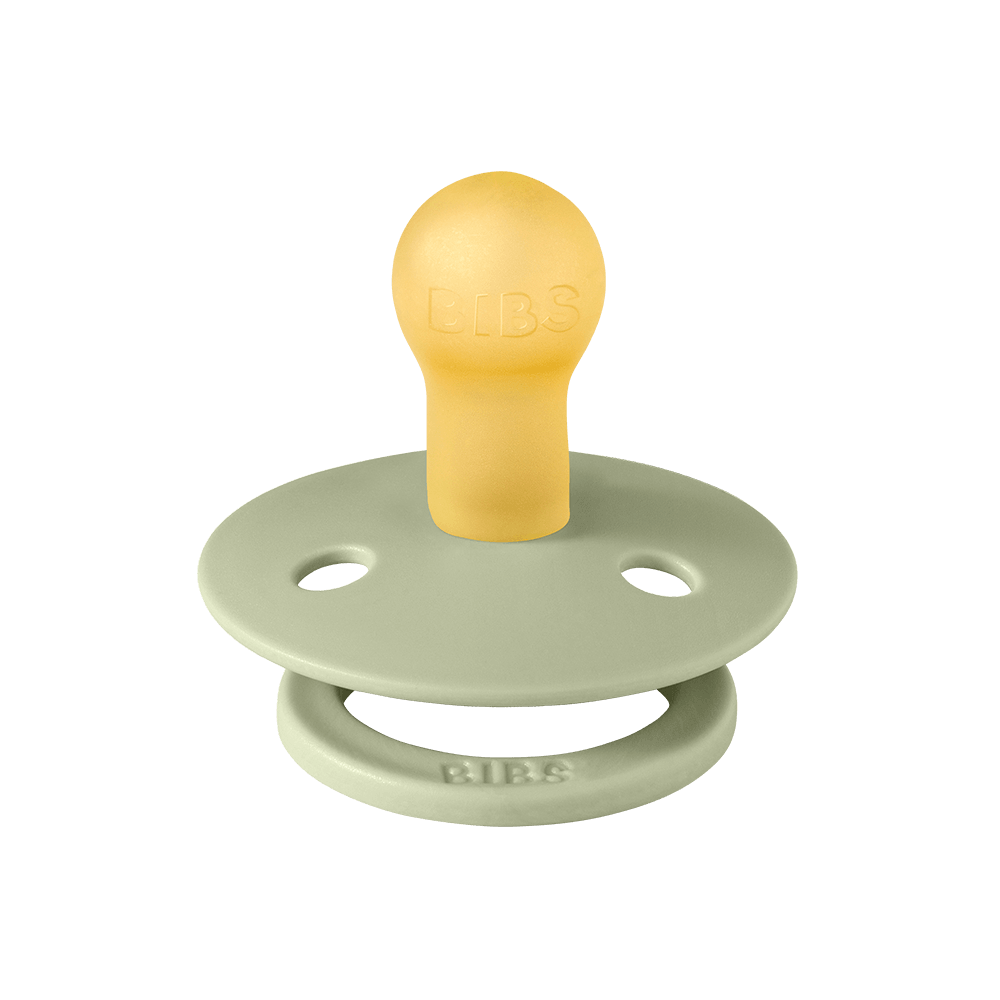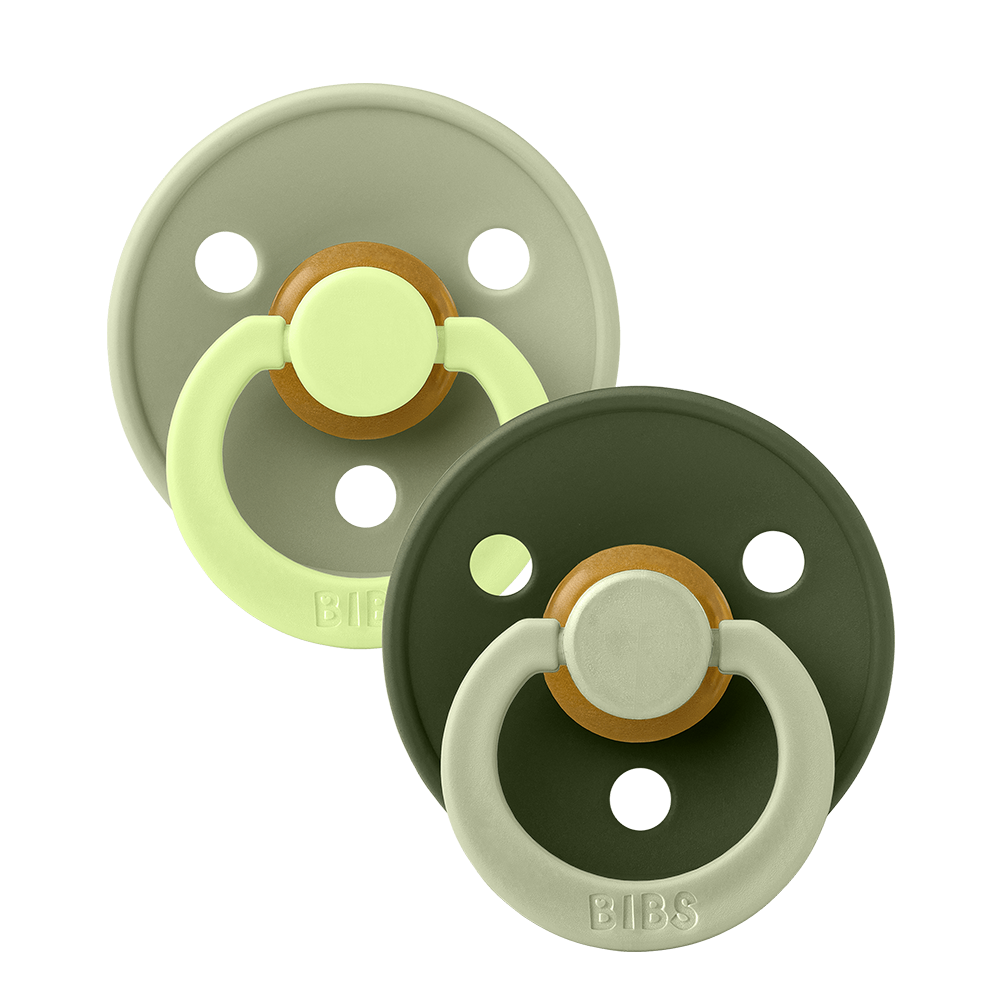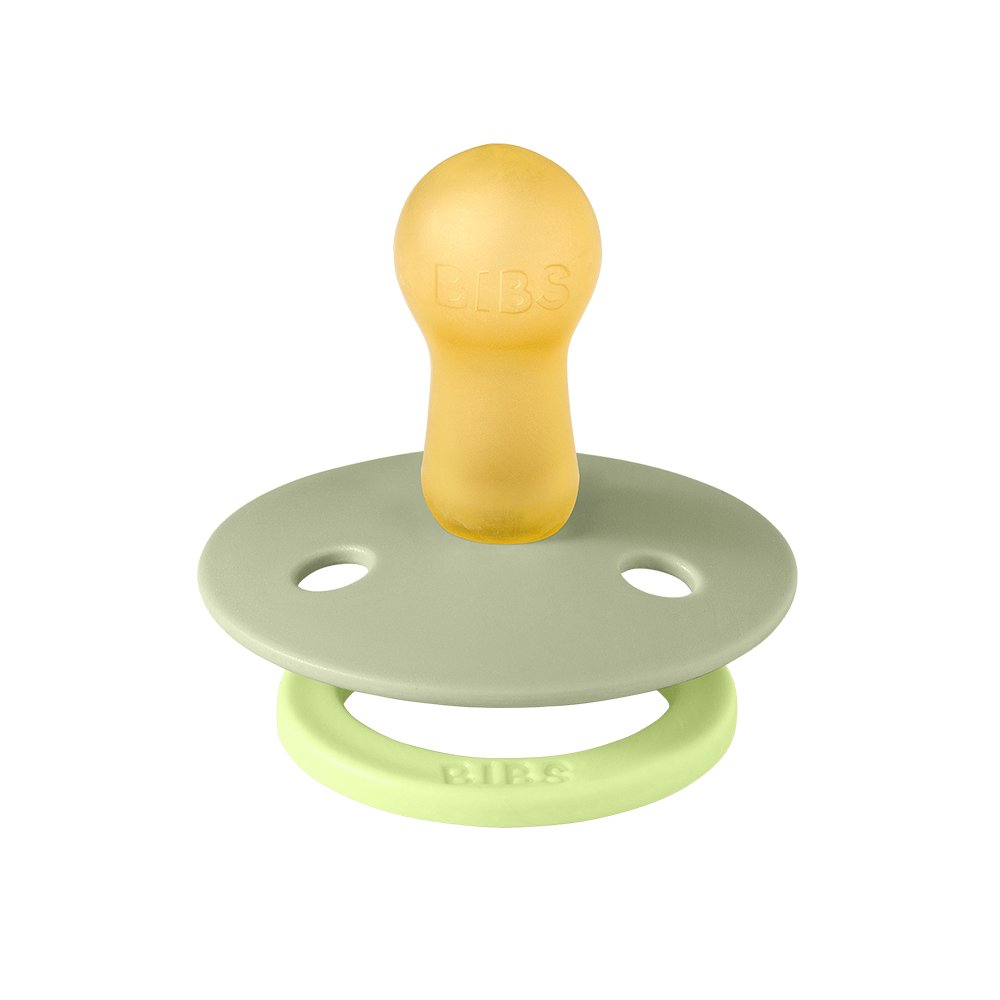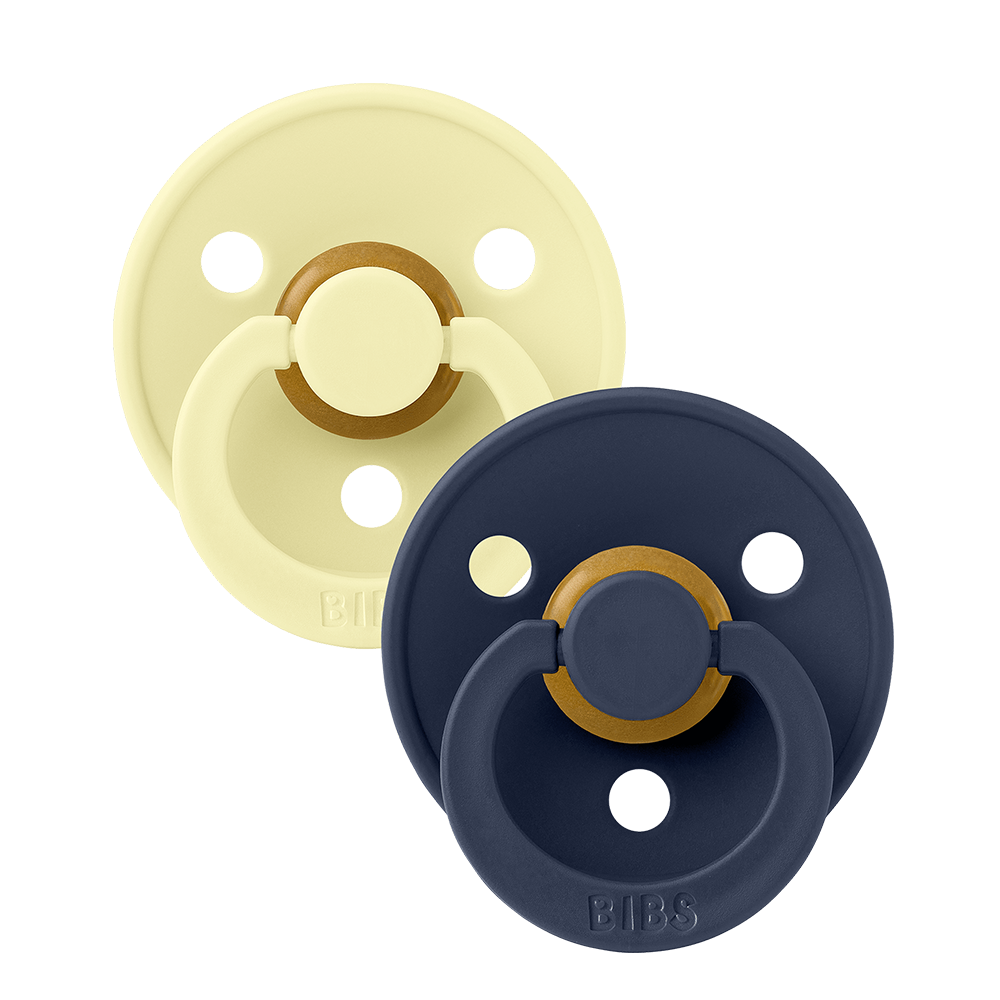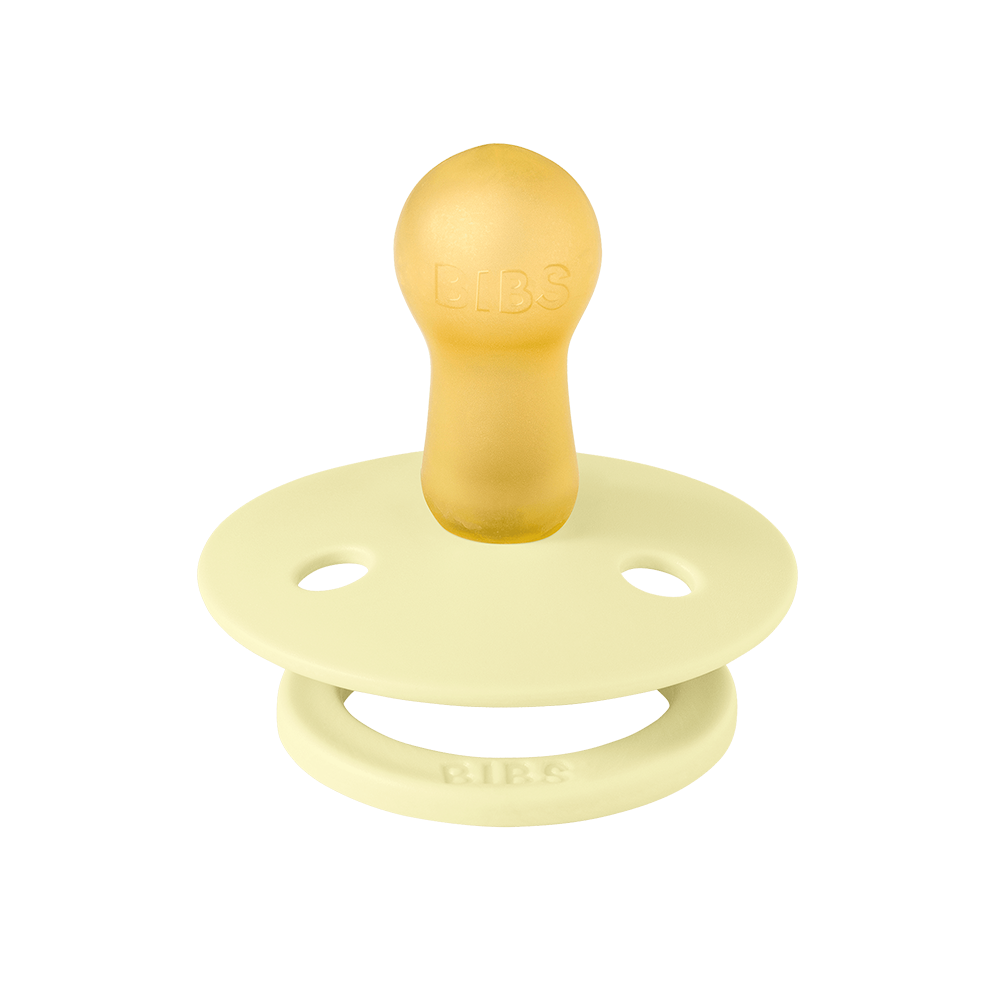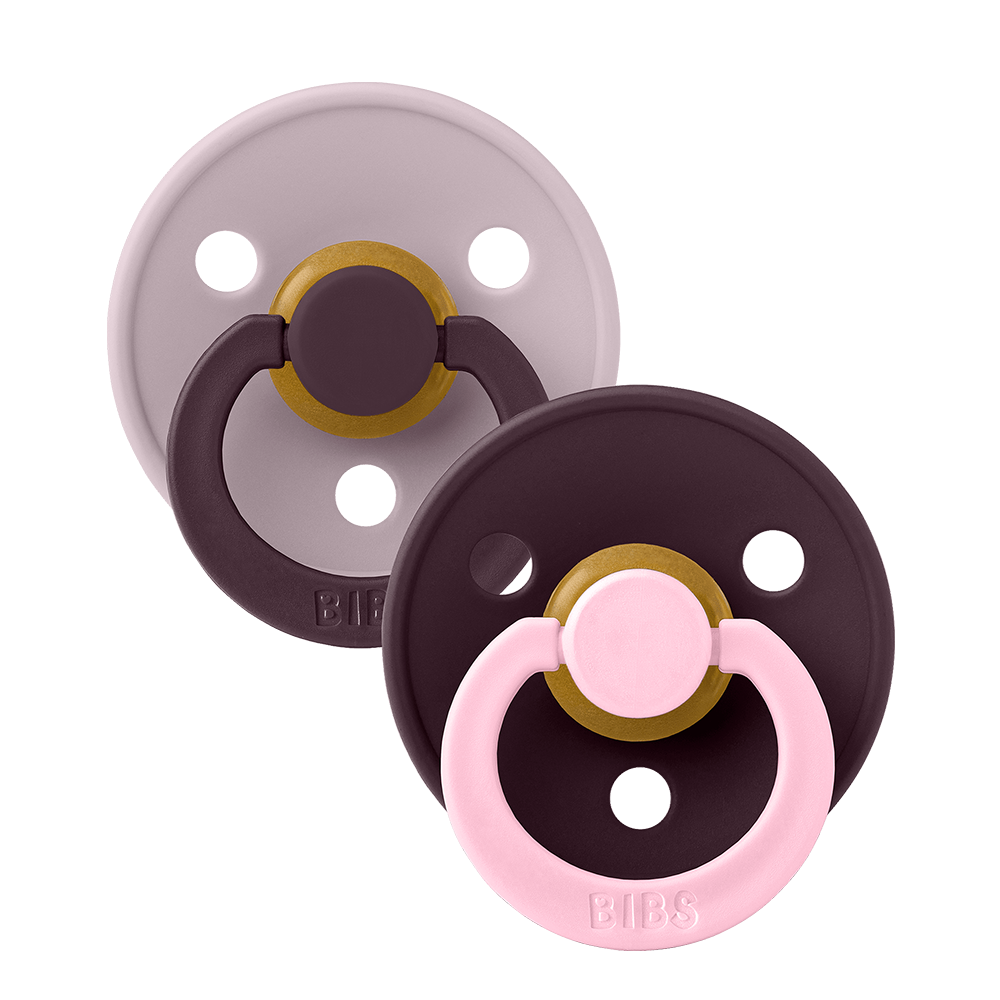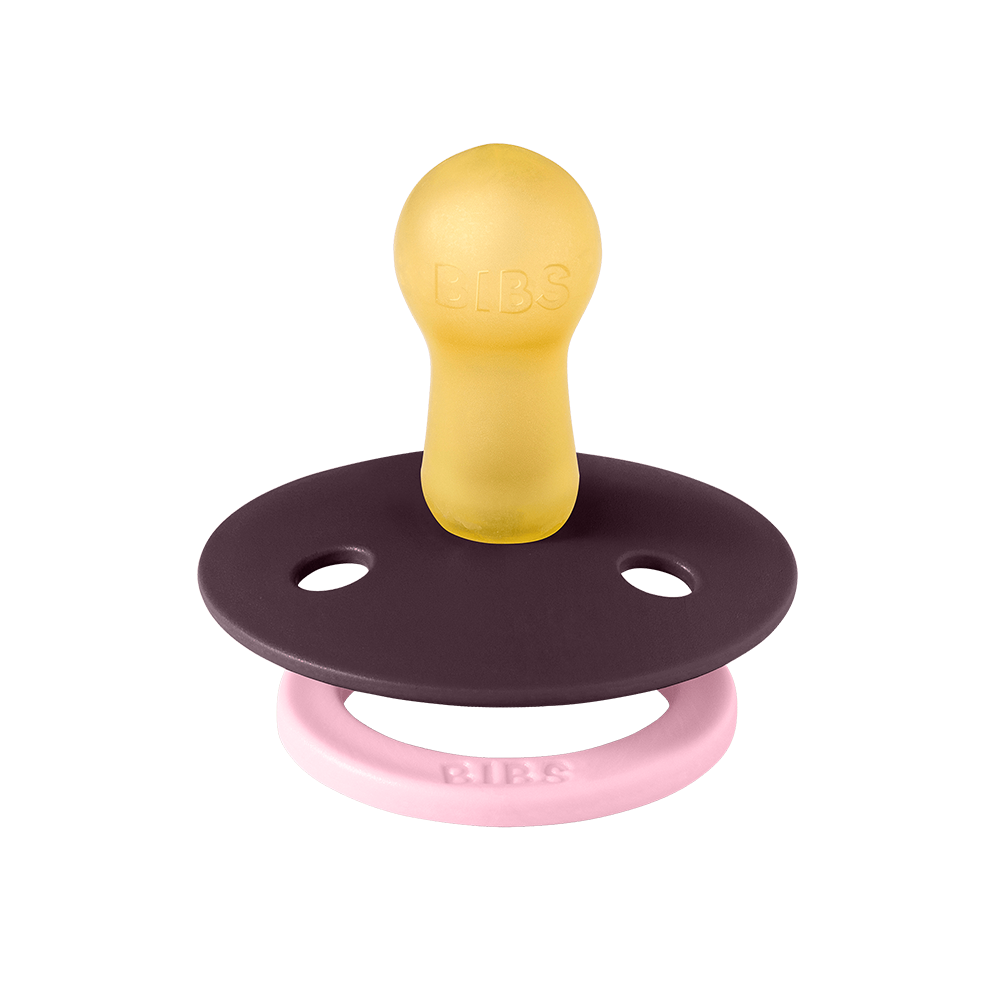
A Guide to Early Water Skills
Introducing your little one to the water can be an exciting experience for both of you, enhancing their physical development while also providing a vital life skill but also. Swim lessons for babies and toddlers are specially designed to promote a comfortable and safe introduction to water, encouraging a lifelong appreciation for swimming. As young children are naturally curious and often fearless, early swim instruction can be a pivotal part of their growth, teaching them respect for the water and basic safety skills.
Choosing the right swim class and instructor for your child is crucial. It's important to find a program that caters to the unique needs of infants and toddlers, with a focus on gentle acclimatization to the water and the development of basic skills such as floating and kicking. Equally essential is an instructor who is not only experienced in teaching young children but who also prioritizes safety and creates a supportive and enjoyable environment for learning to swim.
Swimming Milestones For Babies And Toddlers
Understanding the appropriate age for swimming lessons and the milestones to expect can give your child a safe and enjoyable introduction to water.
At What Age Can Babies And Toddlers Learn To Swim?
|
Age Range |
Swimming Milestones |
|
6 months - 1 year |
Introduction to water, basic water comfort, assisted floating |
|
1 year - 2 years |
Assisted swimming movements, beginning to learn basic strokes with help |
|
2 years - 3 years |
Increased confidence, unassisted floating, beginning to swim short distances |
|
3 years - 4 years |
Improved stroke technique, swimming longer distances, basic water safety skills |
At around 6 months, babies can be introduced to water and start gaining comfort with assisted floating. As they grow into toddlers, they typically gain the ability to perform assisted swimming movements. With each passing year, expect increased confidence, improved ability for unassisted floating, and the initiation of actual swimming strokes with assistance. By 3 to 4 years, toddlers are often capable of swimming longer distances and have a grasp of basic water safety skills. Each child is unique, and their progress will depend on regular exposure to swimming lessons and their individual development.
When Should My Child Start Swimming Lessons?
The appropriate age for a child to start swimming lessons can vary, but many experts suggest that formal swim instruction can begin as early as 1 year old. Before enrolling your child, it's important to consider their individual readiness and comfort with water. Observe how your child reacts to water during bath time – if they show curiosity and enjoyment, it might be a good indicator that they are ready to start swimming lessons.
Choosing A Swim Class And Instructor
When selecting a swim class and instructor for your baby or toddler, it's essential to ensure that it is age-appropriate, focusing on water safety and fun, and that the instructor has appropriate qualifications and experience.
What Should I Look For In A Swim Class And Instructor?
When you begin searching for a swim class, focus on finding a program that:
- Prioritizes safety: Ensure the facility has safety protocols in place and the swim area is designed for babies and toddlers.
- Certified Instructors: Look for instructors who have certifications specifically in infant and toddler swim instruction.
A qualified swim instructor should:
- Have a strong background in teaching young children and understand the developmental stages.
- Exhibit patience and a nurturing teaching style, adapting to the individual needs of each child.
- Communicate effectively with both you and your child, making sure you’re informed of your child’s progress.
Consider observing a swim lesson to gauge how the instructor interacts with the children and handles various teaching scenarios, such as a child who is slow to warm up to the water.
Additionally, assess the structure of the swim lessons. Seek a balance between learning foundational skills and ensuring that the lessons are enjoyable for young children. Programs that integrate play-based learning can be particularly effective for babies and toddlers.
Investigate the class size to ensure your child will receive adequate attention. Smaller class sizes often mean more personalized instruction and a better learning environment for young swimmers.
Lastly, ensure that the swim school’s philosophy aligns with your own values regarding teaching methods and child development. An understanding of how swim instructors perceive their role can offer insight into the overall approach of the swim school.
By following these guidelines, you can choose a swim class and instructor that will provide your baby or toddler with a strong foundation in water safety and swimming skills.
